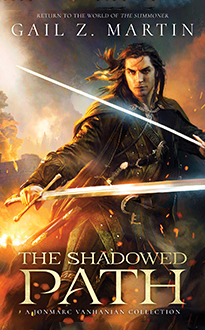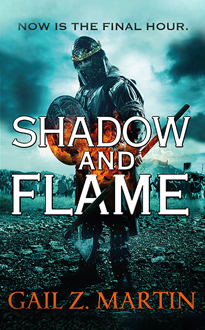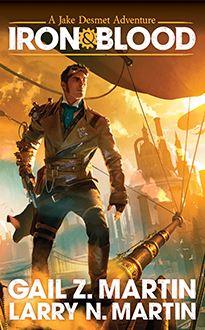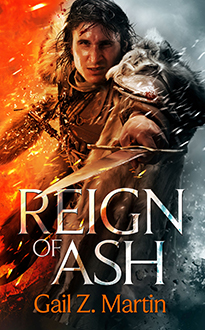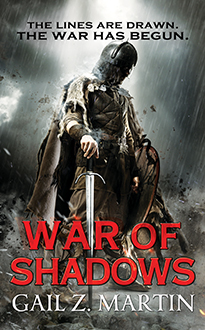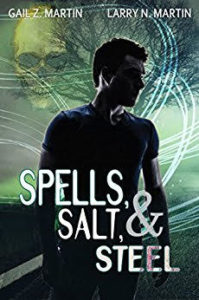by Gail Z. Martin
If you’re going to use real people in your fiction, make it easy on yourself and be sure they’re dead.
Dead people don’t have as many rights as living people (or corporations). Public figures have fewer privacy restrictions than private individuals. If you’re going to make a character be something really terrible, pick someone who is long dead, long enough that close relatives won’t feel inclined to sue. I’m not a lawyer, but if you think you’re going to use a real person in a book in a way that might make someone related to that person annoyed enough to make your life miserable, you might want to create a fictional character instead. Remember that the laws differ from country to country, so err on the side of caution if you don’t want to fork over legal fees.
That said, using real public figures who have been dead for a hundred years ago are fair game. They won’t have spouses, children or grandchildren around who might fear a tarnished reputation if you make great grand-daddy a serial killer. Hence, Abraham Lincoln Vampire Hunter.
What about using people you know? This is dangerous territory. If the person paid to be written in (called a ‘Tuckerization’), it’s still good to get a signed release form, in case memory lapses years down the road. While we all learn about people by watching the folks who are around us on a daily basis, resist the urge to write in the kid who bullied you in fifth grade or the roommate from college who stole your best sweater. Fiction should be more than cheap revenge, and there’s more to building good characters than wholesale copying. It’s one thing to assemble a mixture of traits from a variety of real people and another thing to make a real person easily identifiable as the model for your character. Unless you like settling legal disputes, avoid causing harm.
In general, I will use real people and places in my urban fantasy and our steampunk to create a sense of time and place, often as walk-on or secondary characters. I treat long-dead public figures with less care than modern celebrities and politicians, and generally avoid using the latter unless it’s a cultural reference (and even then, such things can date your book).
It’s the same courtesy I use for real places. Historic, public and government buildings, sites and organizations are safe to use as locations. On the other hand, I don’t like to use a real, existing business in my fiction because they might not be in business by the time the book is printed, and they might not be happy about being used as a crime scene or alleged to be run by a supernatural monster that eats children. I figure my life is chaotic enough without dodging legal problems that can be easily avoided. In writing, as in medicine, it’s good to follow the concept, “first, do no harm.”
Let me give a shout-out for #HoldOnToTheLight–100+ Sci-Fi/Fantasy authors blogging about their personal struggles with depression, PTSD, anxiety, suicide and self-harm, candid posts by some of your favorite authors on how mental health issues have impacted their lives and books. Read the stories, share the stories, change a life. Find out more at www.HoldOnToTheLight.com
Use your free Audible trial to get my Deadly Curiosities! https://amzn.com/B01IITFPZE
Here’s an excerpt from my novel The Summoner https://bit.ly/1D81sBa
Enjoy this free excerpt from Bounty Hunter, one of my Jonmarc Vahanian Adventure short stories https://bit.ly/10rPQ07
Try an excerpt from Wicked Dreams, a Deadly Curiosities short story https://bit.ly/1obkBAb


